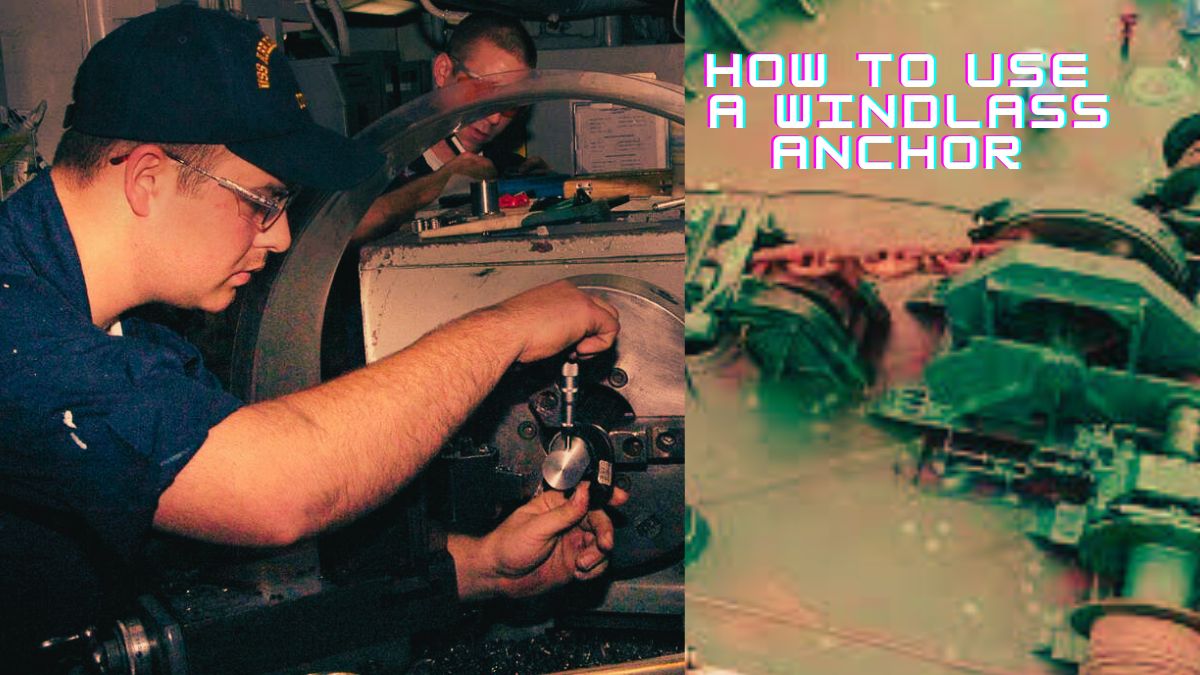
How to use a windlass anchor in 2024
Understanding how to use a windlass anchor is vital to a secure and prosperous boating adventure. A windlass anchor is an essential device in boaters that helps most as a tool for setting and recovering the anchor.
It usually consists of a motor-driven winch. This device is critical in safely landing a boat for fishing, overnight visits, or concerns.
Read More: Best Heaviest Anchor in the World in 2024
summary of how to use a windlass anchor
Now, we are concerned with summaries of how to use a windlass anchor safely. It would help if you observed proper procedures for deploying and recovering the commentator to do so. Following these steps will provide a safe and prosperous anchoring experience.

1. First, select the right place. Then, lower the anchor into the water until it reaches the seabed.
2. The windlass power must be used to create anchor line recovery. Then, gradually get the boat towards the commentator.
3. The anchor line should be handled as it arrives so it does not become trapped or jammed.
4. Once the anchor is fully recovered, please keep it safe to stop it from shifting during transit.
5. The anchor line must be well coiled and stowed to avoid tangling and to confirm it is ready for future use.
View your boat’s manual for specific windlass anchor design instructions.
Preparation and Safety Standards
Preparation and safety standards are of the most elevated importance when operating a windlass anchor method:
- A pre-departure check confirms the windlass anchor method is at a reasonable working charge. The anchor, anchor line, and windlass will be inspected for any indications of wear, damage, or corrosion. It will test the windshield process to confirm it works smoothly without unique noises or problems.
- Before using a windlass anchor, ensure you and your unit wear the proper safety gear. These have life jackets or special flotation devices (PFDs). Non-slip footwear is also essential to prevent mishaps while serving on deck.
- Assess climate requirements before you land. Solid currents or rough seas can make lighting more challenging at any time and raise the risk of casualties. Exert caution and think of delaying anchoring if situations are adverse.
Confirm that everyone understands their roles and duties using the windlass anchorperson design. Thus, clear communication must be established between crew members. Assign complex tasks, such as who will operate the windlass control. Monitor anchor lines and safe commentators.
Read More: Exactly How much anchor chain do I need
Anchor Watch:
Particular awareness should be paid while landing to observe the position of the ship and the surrounding states. Always be prepared to take action if the commentator starts to drag or other ships get too close.
Trouble functions:
Introduce yourself and your crew to crisis operations in case of windlass anchor structure failure or other problems. Know how to manually set or retrieve anchors if needed and have contingency plans for unexpected situations.
We can supply safe and soft travel by completing specific pre-departure examinations and taking proper safety protection. To be organized for crises, you use the windlass anchor.
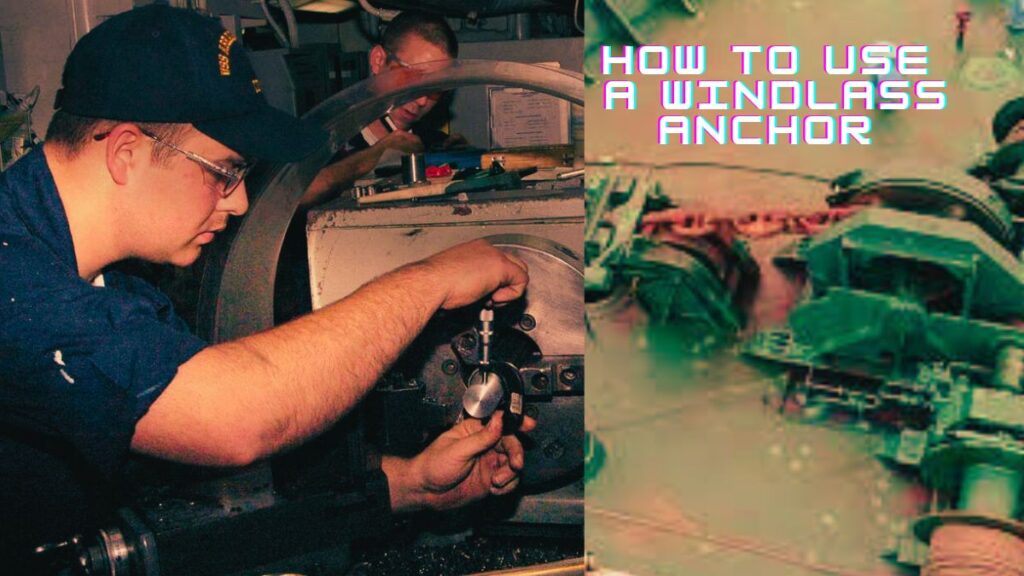
system safely and actually during your boating experience
Keeping your windlass anchor design is essential to its longevity and dependability. Here’s why systematic care is critical:
1. Regular cleaning and lubrication of windlass parts choice help control wear and support moving parts running smoothly. Checking commentator rods for signs of wear and promptly returning worn parts contains shocking loss.
2. A well-maintained windlass anchorperson design will provide safe anchoring procedures. Regular care helps us recognize and address potential topics. Consequently, they evolve safety hazards, such as anchor drag or engine loss.
3. Regular care will prolong the life of your windlass anchorperson setup. I will fix little problems so you can still avoid more significant wear and associated rehabilitation costs.
Some available troubleshooting knowledge for translating windlass commentator design matters:
Engine loss
Check the electrical design for loose connections or blown fuses if the windlass motor dies. The device should also be inspected for signs of overheating or injury. If needed, consult the plant’s manual for troubleshooting steps.
Anchor Dragging
If the messenger starts pulling, the host may not be set accurately, or the holding location may need to be updated. Try holding the anchor down or putting two hosts in place for authorized protection. Secure the commentator rod, which is well-tensioned, and the host is securely on the seabed.
Mechanical issues
If the windshield is damaged or randomly, the anchor rod should be inspected for blocks or abnormalities. The gearbox and other automated parts should also be inspected for wear or deterioration. Pure and slick-shifting methods are needed to deliver a soft approach.
.
Electrical subjects
Review the storm links and wiring for open or oxidized contacts if the windshield has erratic electrical difficulties, such as a weak or irregular motor process. Also, always check the mortar voltage and ensure it delivers satisfactory energy to the windlass.
By promptly reporting issues, you confirm that your windlass anchor technique is in good working order and will supply reliable anchoring when necessary. Routine checks and preventative care are integral to evading unexpected losses and furnishing safe boating capacity.
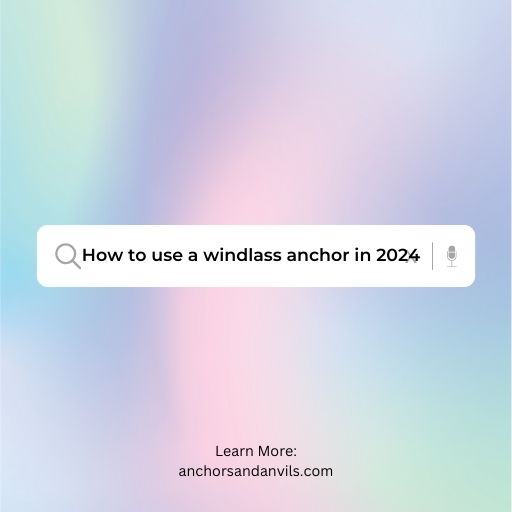
In conclusion
Getting a windlass anchor is needed for a secure and prosperous boating experience. By tracking your steps in this manual, you can confidently anchor, supply your ship’s security, and want peace of sense while in the wet.
Retain the volume of everyday respect to keep your windlass anchorperson structure in top need.
Be prepared to solve everyday subjects that appear. With good care and awareness, your windlass anchor reliably anchors your boat in various conditions. Please read our statement on how to use a windlass anchor.
for a safe and successful boating experience. It will ensure pleasant and unique boating experiences for years to come.
FAQs
What is the contrast between a windlass and an anchor winch?
A windlass is typically used to lift heavy bags and hold the anchor chain on a plate, allowing the anchor to be raised and lowered. A winch is a robotic device that curves up or curls out ropes, wires, or cables.
How does an anchor system work?
How Anchors Work. When an anchor pierces the character of the seabed, the suction causes opposition made by the bottom fabric, plus the importance of the material above the anchor. As the boat draws on the anchor, the commentator digs in more profoundly, making more resistance.
Do I require a windlass?
A windlass lets you quickly retrieve the anchor without evolving tired or sick. Whether manual or motor-driven, windlasses make commentator recovery much more reasonable. Boat size and use are the direct factors in determining the type of windlass you require.





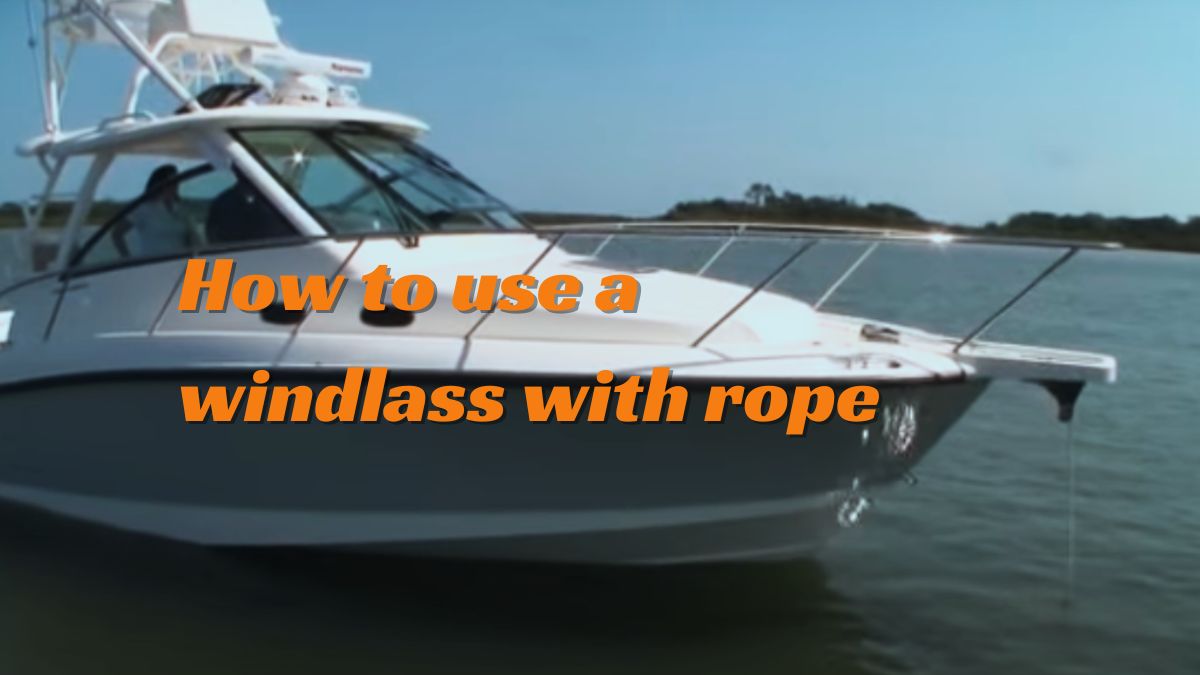
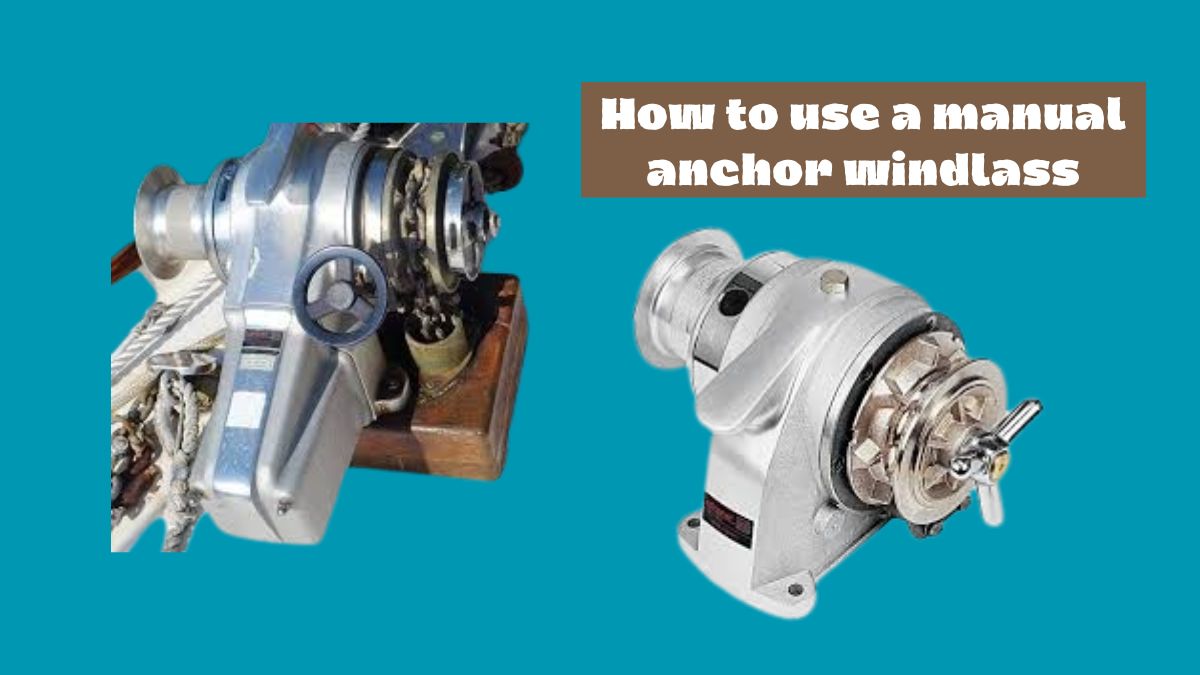

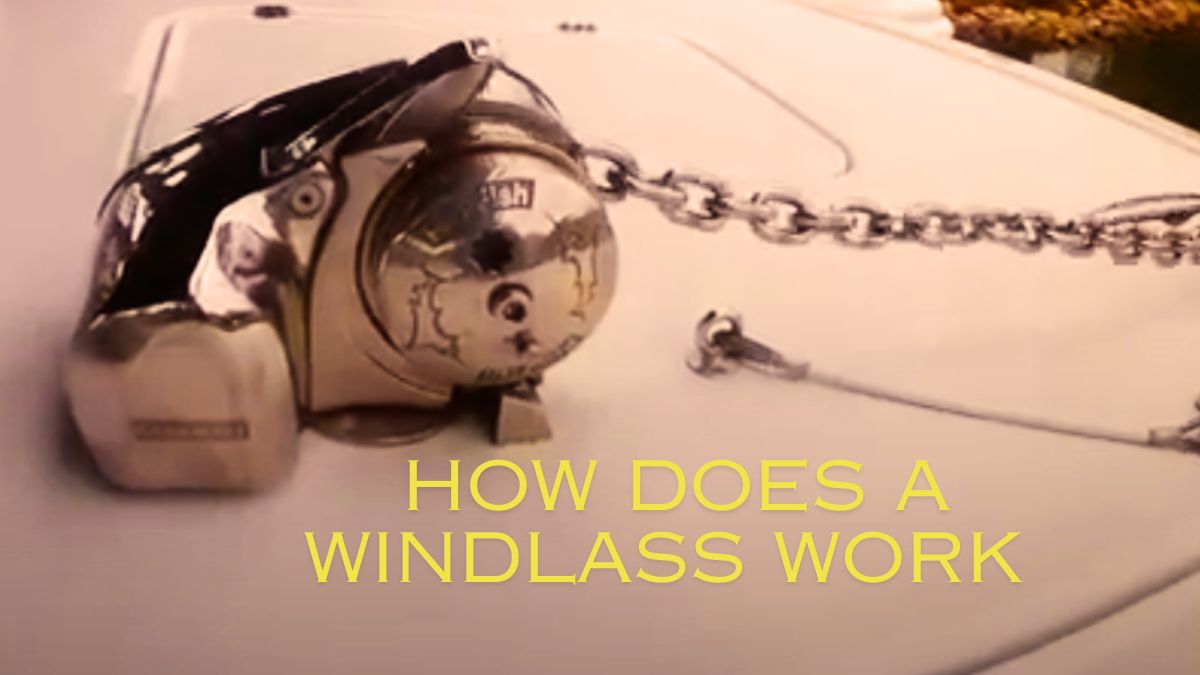

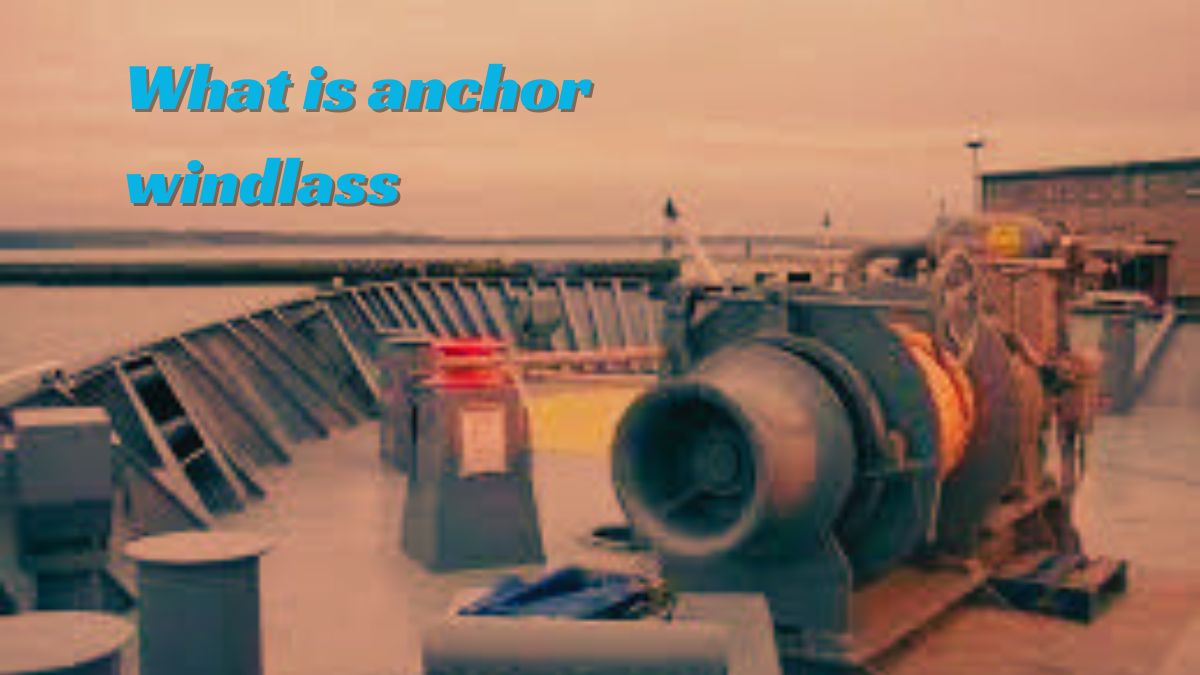
Leave a Reply